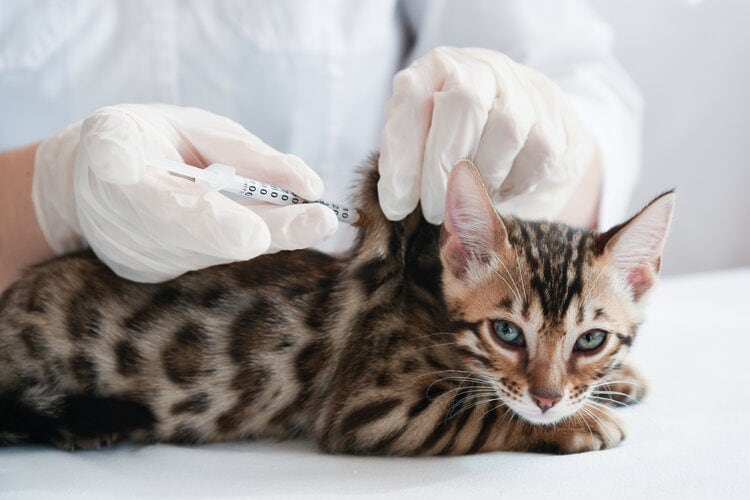
If your cat has been diagnosed with diabetes, you’re probably wondering how much cat insulin costs. The good news is that there are a variety of treatment options available, and the cost of insulin for cats has come down significantly in recent years. In this article, we’ll discuss the average cost of cat insulin and some of the factors that can affect the price. Generally, you can expect each 10-mL vial of cat insulin to cost between $30 and $100. We’ll also provide some tips on how to save money on cat insulin costs.

Before We Begin
This is a cost guide only, aimed at helping you make the best decision for your cat. The costs discussed in this article are based on averages and may not reflect the specific cost of insulin for your cat. Always consult with your veterinarian to get an accurate estimate of the treatment costs for your individual pet.
The Importance of Insulin for Cats
Insulin is a hormone that helps the body to use sugar (glucose) for energy. Diabetes is a condition that occurs when the body can’t produce enough insulin or can’t properly use the insulin it produces. This can lead to high blood sugar levels and a variety of health problems.
While in most instances there is no cure for diabetes, it is a manageable condition, and some cats even reach diabetic remission in which they no longer need insulin for months or even years. A combination of diet and insulin therapy is the regular treatment for diabetes in cats. Insulin can help to regulate blood sugar levels and improve your cat’s overall health. Without insulin, diabetes can be fatal.
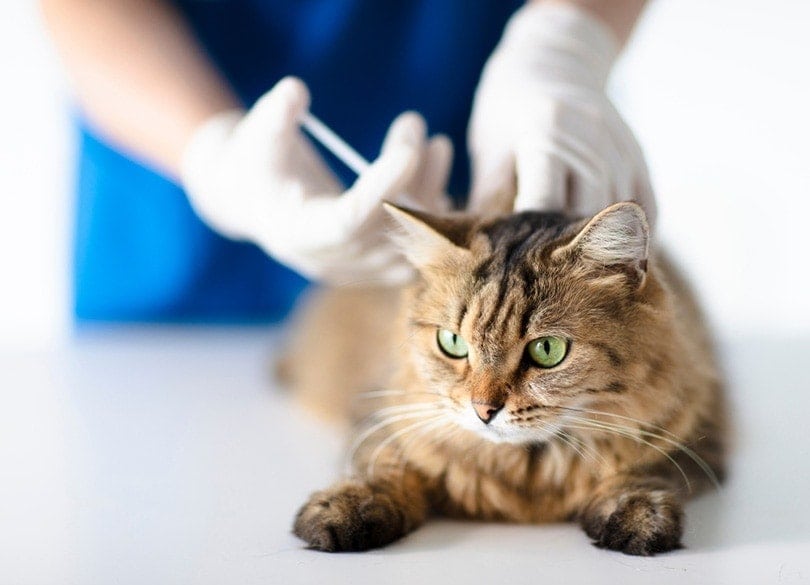
Types of Cat Insulin
Your veterinarian will work with you to choose the type of insulin that is best for your cat.

How Much Does Cat Insulin Cost?
The cost of cat insulin can vary depending on a number of factors, including the type of insulin, the brand, and where you purchase it. In general, you can expect to pay between $30 and $100 for a 10-mL vial of insulin.
The main factor in choosing the type of insulin should not be the price, as the dosage and frequency of administration will change according to the type of insulin, making a vial last longer or shorter. Your veterinarian will advise you on the type of insulin that is best suited for your cat. It has been proven that the sooner and better your cat’s blood sugar levels are under control, the more likely they are to go into remission and no longer need treatment.
A 10 ml vial of insulin glargine costs approximately $280 to $320, whereas a 10 ml vial of lente insulin can cost around $70 to $90. However, as explained, your veterinarian can help you determine which type of insulin is best for your cat to achieve the fastest, best control of your cat’s sugar levels.
The brand of insulin can also affect the cost. Generic insulins are typically less expensive than brand-name insulins.
Cat Diabetes: Additional Costs to Anticipate Besides Insulin
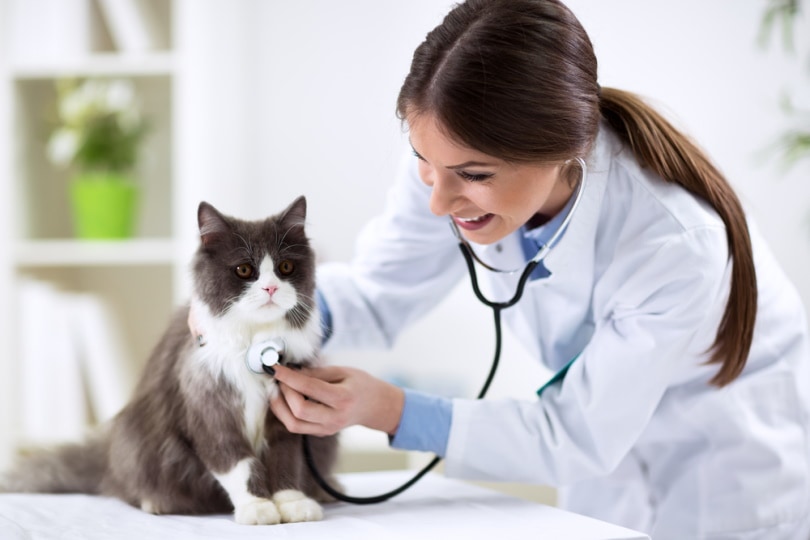
Complications of Diabetes in Cats

Can You Maintain Your Cat’s Quality of Life Without Insulin?
Generally speaking, no. The administration of insulin is the most important part of the treatment plan in diabetic cats. It should be started as soon as possible and maintained as long as your cat requires it. A strict diet and dose adjustments must be followed to keep blood sugar levels under control. You’ll need to test your cat’s blood sugar levels regularly.
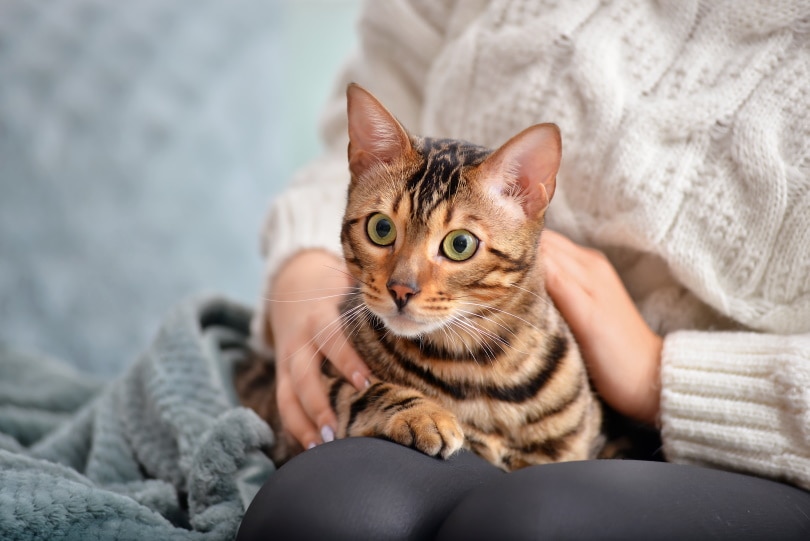
Tips for Saving Money on the Cost of Cat Diabetes Treatment
Does Pet Insurance Cover Cat Diabetes and Insulin?
Pet insurance typically covers the cost of cat diabetes and insulin, but coverage can vary depending on the policy. It’s important to read the fine print of your policy to understand what is and isn’t covered. Some policies may have a limit on how much they will reimburse you per year for diabetes treatment.
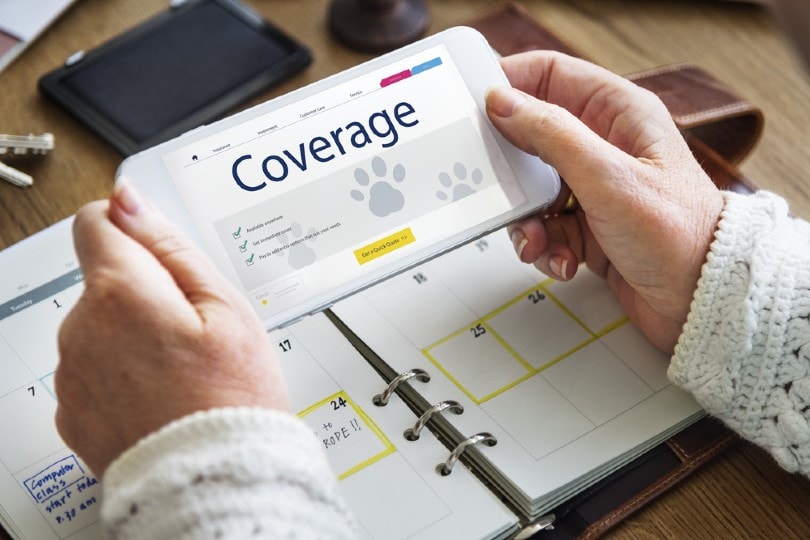
Cat Diabetes FAQs
How much does it cost to treat cat diabetes?
The cost of treating cat diabetes can vary depending on the type of insulin your cat needs, the brand of insulin, the quantity you purchase, and where you live. In general, you can expect to spend $30 to $80 per month on insulin, $25 to $50 per month on blood sugar testing supplies, and $50 to $100 per vet visit.
How do cats get diabetes?
Cats commonly get what is called type 2 diabetes, which involves a reduction in the body’s response to insulin (this is called insulin resistance), along with a notable reduction in insulin production. Some of the risk factors for developing diabetes are obesity, certain medications (for example steroids), and pancreatitis.
Can cat diabetes be cured?
There is no cure for cat diabetes, but approximately 29% of properly treated cats can achieve diabetic remission. With proper treatment, most cats can have a great quality of life.
What are the symptoms of cat diabetes?
The symptoms of cat diabetes can include increased thirst, increased urination, weight loss, weakness, and lethargy. If you notice any of these symptoms in your cat, contact your veterinarian.
How is cat diabetes diagnosed?
Cat diabetes is typically diagnosed through a combination of a physical examination, blood tests, and urine tests.
Does diabetes in cats always have signs?
Diabetes in cats can have signs that are not always apparent. If your cat is urinating more frequently or appears to be drinking more water than usual, these could be early signs of diabetes. This is why regularly yearly physicals are so important.
What are the long-term effects of diabetes in cats?
Over time, diabetes can cause serious health problems in cats, including kidney disease, blindness, and nerve damage.
How is cat diabetes treated?
Cat diabetes is treated with insulin injections, a prescription diet, and regular vet visits.
Can cat diabetes be prevented?
One of the main risk factors for diabetes is preventable: obesity.

Conclusion
Diabetes in cats can be a serious and costly disease, but with proper treatment, most cats can have a great quality of life and even get into remission. Shop around for the best prices on insulin and other diabetes supplies, ask your veterinarian about generic brands of insulin, buy insulin in larger quantities to get a discount, and work with your veterinarian to develop a care plan that doesn’t require as many vet visits – these are just some of the ways you can save money on the cost of cat diabetes treatment. And don’t forget to take advantage of your pet insurance policy by keeping up with all receipts and submitting claims in a timely manner. It takes a little work, but you can do it! Your cat will thank you!
Featured Image Credit: Dina da, Shutterstock






